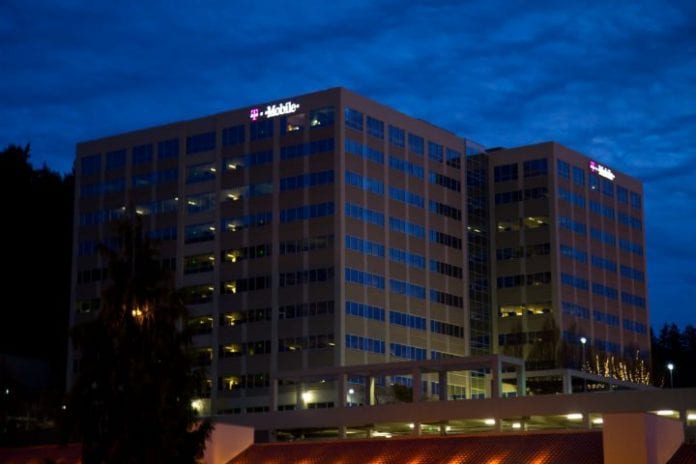T-Mobile expects 5G to be a game changer in time, but until then continues to tap technology and spectrum to expand reach and ability of its LTE network.
T-Mobile US provided an end-of-year update on the scale and scope of its LTE network as well as some insight into what it’s seeing in terms of “5G” testing, though continues to take a cautious view on actual deployment timing.
Amongst the typical competitor bashing, T-Mobile US CTO Neville Ray noted the carrier’s LTE network had reached 313 million potential customers covered by the end of the year, compared with 304 million pops covered at the end of 2015. With the U.S. population at just a tick over 324 million people, according to the U.S. Census, the carrier’s LTE network stood at nearly 97% pop coverage.
T-Mobile US’ coverage has been bolstered by its deployment of 700 MHz spectrum support, with Ray noting the carrier covered more than 250 million pops with its sub-1 GHz spectrum across more than 500 metro areas. The carrier has been gobbling up various 700 MHz spectrum blocks, including a deal earlier this year covering Chicago.
T-Mobile US also is participating in the Federal Communications Commission’s ongoing 600 MHz incentive auction process, having previously argued successfully for the FCC to set aside up to 30 megahertz of spectrum for carriers that do not already control a significant amount of sub-1 GHz spectrum holdings, which is predominately made up of AT&T and Verizon Communications. T-Mobile US is expected to be the most aggressive bidder for the set-aside spectrum, with some predicting the carrier could spend up to $10 billion on licenses.
In the shadow of the 5G hype, Ray claimed the carrier recently witnessed LTE network speeds of 979 megabits per second in a lab environment using a combination of three-carrier aggregation, 4×4 multiple-input/multiple-output antenna technology and 256 quadrature amplitude modulation in an “unreleased handset.” T-Mobile US earlier this year noted it expected to support LTE network speeds of up to 400 Mbps using both 4×4 MIMO and 256 QAM technology.
Looking further ahead, T-Mobile US remains one of the more conservative operators in terms of 5G hype, with Ray again noting that while the technology’s potential is “so much larger than replacing in-home broadband” and the “internet of things,” timing on actual deployments are still several years away.
“The truth is that 5G is about all the as-yet-unimagined possibilities of mobile technology,” Ray explained. “We see 5G completely transforming the mobile internet and delivering brilliant breakthroughs. We see a 5G future where every major tech trend that sparks our imaginations – mobile [virtual reality], [augmented reality], [artificial intelligence] and more – will all be made better and available on-the-go because of 5G. Just as 4G spawned the mobile-first Internet and gave rise to applications and devices that have changed how we live, work and play, 5G will unlock experiences we can’t yet imagine.”
Ray stated the carrier has already seen 5G-based mobile speeds of 1.8 gigabits per second, fixed speeds of 12 Gbps and latency of less than two milliseconds using 8×8 MIMO to stream four simultaneous 4K video feeds. The stats built on the carrier’s announcement at the recent Competitive Carriers Association event in Seattle, where Ray highlighted work with vendors Nokia and Ericsson using various millimeter wave spectrum bands.
However, like at the CCA event, Ray continued to tout patience in terms of 5G timing.
“5G’s real potential is in unlocking revolutionary new mobile experiences for our customers,” Ray noted. “In time.”
Bored? Why not follow me on Twitter.

